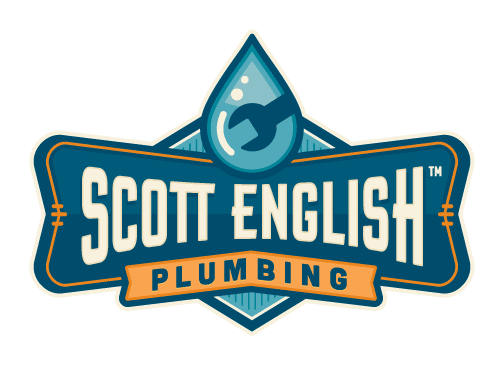How to Improve the Flushing Performance of your Toilets
Do you find it frustrating when you flush the toilet and the thing is still in the bowl? This was not a problem before until congress decided to pass in 1994 a law that required toilets to use only a maximum of 1.6 gallons of water for every flush as a way of conserving water. It was a very nice idea, unfortunately, the technology behind toilets during that time was not up to par in supporting powerful flushes with minimal water usage.
The Oldest Toilet
In the quest on how to improve the flushing performance of your toilets, it is almost inevitable that you will have to come across one of the oldest toilet design, the gravity flush. Believe it or not, this toilet design has been used for more than a century primarily because it is relatively cheap to produce and easy to install.
Maintenance is also a breeze and in case you encounter problems with your toilets, troubleshooting and replacing worn out parts is not that difficult. However, common problems with this design includes sweaty tanks and huge differences in the performance of various models. Many of the models still lack the desired flushing power. If you want to keep on using this type of toilet, make sure that the flush vale is about 2 to 3 inches or even bigger if available to improve the flushing performance of your toilet.
Improved Design
If you are in the market for toilets with improved flushing performance, then a pressure assist toilet may just be what you are looking for.This design makes use of a pressure tank that is fitted into the design and acts like a huge water balloon. As the water begins to fill up it is held under pressure.
To achieve a powerful flushing action, gravity and pressure combines to impact the gush of water as the flush valve is opened. Definitely, you will have no problem clearing solid waste from the bowl with this type of toilet design. You also do not have to worry about sweaty tanks because the water is contained in a pressurized tank instead of the traditional porcelain tank; this prevents condensation from happening outside the tank.
The trouble with this design is that it is rather costly and can be difficult to diagnose as well as repair. Because of the pressurized action, this toilet can create a rather loud noise when being flushed. If you want to know if it is a pressure-assist toilet, simply look in the tank and you can easily identify it as such.
The Latest in Flushing
Evolution of the toilet’s flushing power does not stop with the pressure-assist models. The newest innovation in the search for improved flushing power is the vacuum assist toilet. This model is comparatively easy to repair because of its similarity to the gravity flush toilet design. It also delivers strong flushing action with its porcelain tank designed to contain a vacuum tank connected to the toilet’s trapway.
As the toilet is flushed, the water coming from the tank generates a suction and the trapway that sucks the waste from the bowl. Just like the pressure-assist models, sweating should not be a problem because of its design where an inner tank is used to prevent condensation from forming on the outer porcelain tank.
Attractive as it may sound, the flushing power is still not as strong as that delivered by pressure-assist models. There are also very limited choices when it comes to this type of toilet design. Price-wise, these models have a slightly higher price tag compared to gravity flush toilets.
Now that you understand how you can improve the flushing performance of your toilets, it is equally important to point out that changing toilets can be a very complex procedure. With these in mind, it is best that you call on a licensed plumbing professional to do the job properly.
